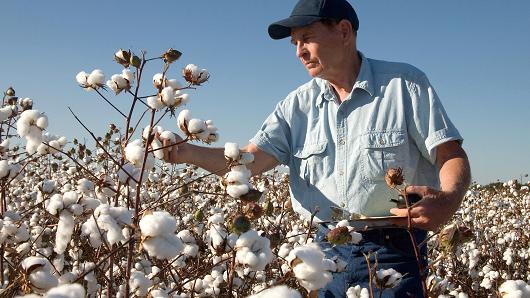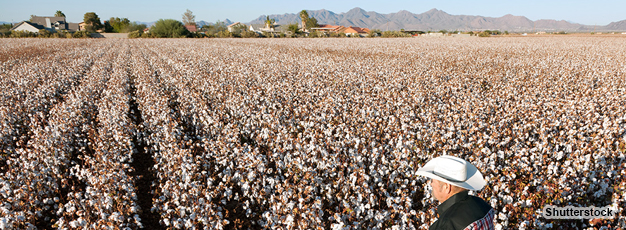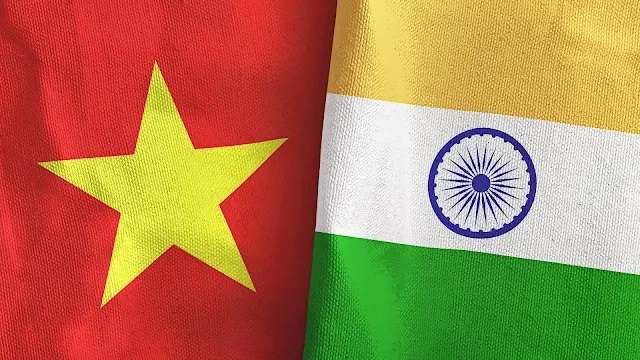
US cotton scenario has undergone a change over the years. To remain competitive and relevant, stakeholders in the industry are looking at ways to reposition themselves. Of course, China is the biggest global player, however, market growth and export opportunities outside China exist and are growing.
Strong cotton supplying regions in the US

Cotton acreage in the Mid-south US has declined and become highly uncertain due to increased competition from corn and soybeans. The Mid-south, traditionally, has a strong source with good yields and fibre quality. Historically, around one-third of the US production was accounted for by this region. However, this is now about 25 per cent or less.
Meanwhile, the Southeast has the acreage to do more if yields were better and comprises about one-third of the US production. In recent years, fibre quality in the Southeast has improved substantially, and because of convenient access to mills and export terminals, it could be a reliable supplier of quality cotton. The Southwest continues to account for roughly 40 percent of US production and acreage too is stable.
For the US, India has emerged a strong competitor. Typically, world cotton exports are 35 to 45 million bales annually and the US is the world’s largest exporter which makes up around 35 per cent. However, its market share has dropped in recent years.
China, Turkey, Mexico, Vietnam, Indonesia and Thailand are the largest importer of US cotton and the US’ market share to China has dipped over the past six to eight years, though it was up in 2014 crop year. However, India and Brazil’s market share has increased, while that of the US has dipped. In fact, India’s cotton production has doubled since 2003. Around 20 to 25 million bales of cotton are used annually by India’s textile mill industry and India is able to supply its needs with own production.
In 2006, world demand for cotton peaked at 124.3 million bales and dropped 6 per cent from 2006 to 2011. However, it has improved slowly since 2011. Demand was 14 million bales below 2006 for the 2014 crop year and is expected to increase slightly (1.6 percent) for this year.
Demand for cotton dipping
China’s textile mill industry has declined and demand for cotton has dipped globally. This decline is not seen everywhere. In fact, China’s decline has been partially offset by increases in other countries. Demand peaked in 2006 and overall use of cotton dipped 10 per cent between 2006 to 2015. Demand in India has increased 41 per cent, Bangladesh has increased 77 per cent and Indonesia 35 per cent. Even Vietnam, has a 4.5 million bales a year mill industry. The cotton mill industry in former Soviet Union states Kazakhstan, Turkmenistan, and Uzbekistan has grown by 74 per cent. Though there are many concerns plaguing the US cotton industry, several of these can be addressed successfully. Cotton industry leadership is working to increase demand for US cotton and market share.
Demand for quality is high and the US has always been a reliable supplier of quality fibre and mills are willing to pay for it. However, demand for good quality US cotton has grown of late. Reason: China has 68 million bales of questionable quality cotton, and global mill business per se has undergone a change.











